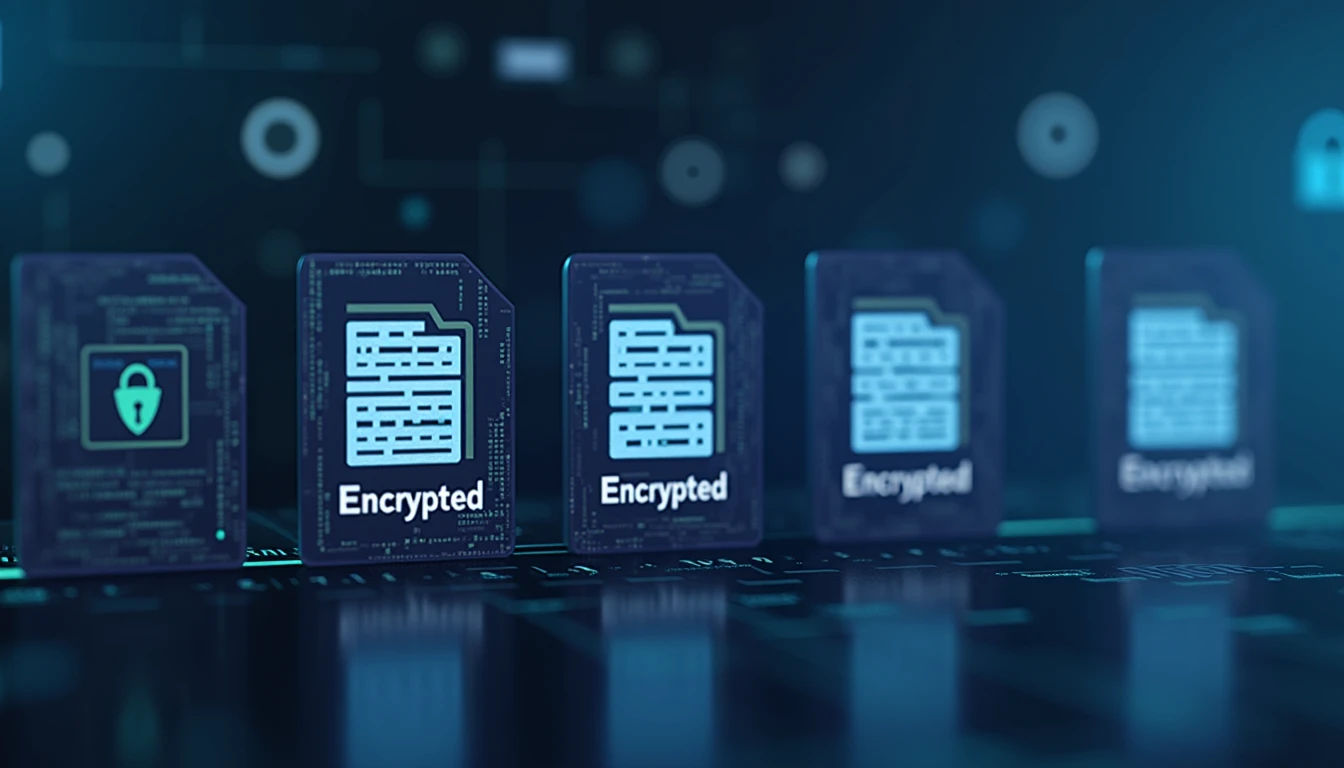In an era where digital communication is ubiquitous, ensuring privacy has become paramount. This article delves into the intricacies of end-to-end encryption, focusing on how it operates within platforms like WhatsApp.
The Concept of End-to-End Encryption
End-to-end (E2E) encryption is a cryptographic method designed to ensure that only the sender and recipient can access message content. Unlike traditional encryption methods where intermediaries might have access to data, E2E encryption restricts decryption solely to the intended parties.
The process typically involves public key cryptography, where two keys are used: a public key for encryption and a private key for decryption. When you send a message through WhatsApp, it’s encrypted using the recipient’s public key, making it unreadable by anyone without their corresponding private key.

The Key Exchange Process
Before any messages can be sent, there must be an initial exchange of keys between users. This process is often automated within messaging apps like WhatsApp, ensuring that no manual intervention is required from the user. The app handles the secure distribution of public keys, allowing seamless communication without compromising security.
Security Concerns and Vulnerabilities
Despite its robustness, end-to-end encryption isn’t foolproof. Instances where law enforcement agencies have accessed WhatsApp conversations highlight potential vulnerabilities or backdoors. Additionally, data breaches can occur due to outdated software versions lacking the latest encryption protocols.
User behavior also plays a critical role in maintaining security. Using insecure networks or falling victim to phishing attacks can undermine encryption efforts. It underscores the need for both users and developers to stay vigilant and proactive in safeguarding data.
User Verification and Compatibility
WhatsApp employs indicators within the app to confirm when E2E encryption is active between two users. This feature reassures users of secure communication channels. However, if one party updates their app while the other doesn’t, it can disrupt encryption, emphasizing the importance of keeping software up-to-date.
The Ongoing Evolution of Encryption
WhatsApp regularly updates its encryption methods in collaboration with cybersecurity experts to counter emerging threats. These updates involve rigorous testing to ensure robustness against potential vulnerabilities, reflecting a commitment to evolving security needs.
In conclusion, while end-to-end encryption is a vital component for privacy in messaging apps like WhatsApp, it’s part of a broader spectrum of measures necessary for secure communication. Factors such as network security, user behavior, and software updates collectively contribute to maintaining data protection, illustrating the shared responsibility between developers and users in upholding digital safety.








